OPINION
Why We Make
Sonia Tomic, Creative Director at Universal Design Studio shares how and why making is a central part of Universal's ethos, process and project work.
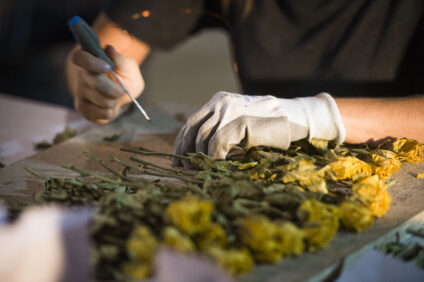
It's a common misconception that when we talk about craft, we are only talking about objects. In reality, craft is much more than that. It’s a verb; it's something that we practice but it's also a mindset, a value system, a way of life even.
At Universal Design Studio, our projects vary greatly in scope and scale, yet our approach is always rooted in craft. It’s the uncontrolled element that we believe brings soul to an otherwise tightly engineered space; a “squiggly line” that shows a human touch. We are a company that was founded by architecturally-trained product designers, so it's in our nature to be detail-oriented. We place reverence on materials and processes, taking the time to test and explore every element of a space, from how your hand grips a door handle to the way a chair pulls back from the table. We understand that these small but crucial touchpoints affect how someone experiences an interior.
In our Clerkenwell studio, our model-making library and material library have a strong physical presence. From the moment you enter the reception, you’ll be struck by the way that models and mock-ups permeate the whole space. Our 3D printers, CNC machines and bandsaws are in full view and our materials library is in the middle of the studio next to the kitchen where it serves not only as a physical hub but a source of visual inspiration. This transparency is entirely intentional, it is representative of how we work and communicates how making and materials are an integral part of our process. So often, through modelmaking, we have made accidental discoveries about a project that wouldn’t have happened if we were only looking at two-dimensional drawings.
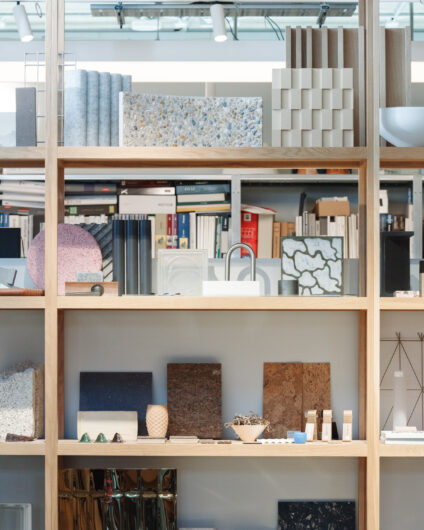
Like many creative people, I grew up in a family of makers, surrounded by practical people who worked with their hands as part of their job. My mother was a seamstress who could transform an ordinary piece of cloth into something remarkable, while my dad was a boilermaker and welder. For that reason, craft has shaped the way I see and interact with the world. It's where I find inspiration, joy and entertainment. In fact, the more I have reflected on the question of why craft is important, the more it feels like an existential question. At its heart, craft represents care. To interact with a crafted object is to make a connection; to know that someone has laboured over it, pouring their time and energy into it to make it as perfect as it can be. It forges a very powerful and emotional bond between maker and user.
It's important to note that, in a post-digital world, this connection is not limited to traditional notions of what qualifies as “crafted”. Whether 3D printed by a robot using a complex algorithm or made by hand, craft puts material, attention to detail and experience at the forefront of the design process. Two craftspeople I find inspiring are Max Lamb and Neri Oxman who both share a fascination for materials, but the way they work with them is incredibly different. Furniture designer Max Lamb uses low-tech and sometimes primitive processes to thoroughly interrogate the potential of a material. One of his early works, Pewter Stool, was cast in the sand on a Cornish beach using basic tools and equipment. With its considered form and intriguing texture, his Pewter stool is undoubtedly a crafted object. At the other end of the spectrum, architect and designer Neri Oxman, grows biomaterials from abundant molecular components found in nature. These are then used to make 3D printed structures such as her spellbinding architectural pavilion Aguahoja, which is designed to withstand changing environmental conditions while retaining its flexibility. Oxman's work exemplifies the exciting possibilities that emerge at the intersection of craft and technology.
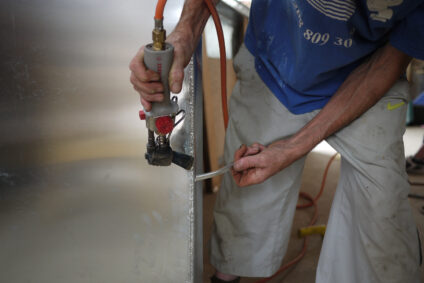
At Universal Design Studio, craft is ingrained in our values and design process, yielding a diverse range of results, from the minimalist to the figurative. For IBM, we helped design the world's first fully integrated universal quantum computing system for scientific and commercial use. Our role was to bring a physicality to an abstract object and technology – one for use in an artificially-lit lab, and one for use in a day-lit public space at Cleveland Clinic. We created the vision for the system, where the hardware, spaces and interface are considered a single coherent experience. Through the choice of finishes and materials, we were able to influence how people approached and interacted with it. At Cleveland Clinic, light and translucent finishes revealed some of the inner structure and components, inviting people to look more closely at the computer, while dark and more dramatic materials were used to create a sense of intrigue in the private space of the lab.
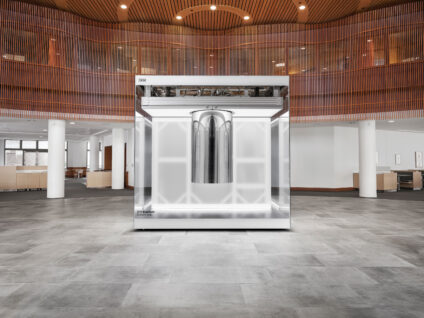
At the more decorative end of the scale, our impeccably detailed restaurant, bar and store for Fortnum & Mason at the Royal Exchange, London, harnessed form, proportions and materiality to beautiful effect. Above the bar, we conjured a swooping nickel-plated canopy informed by traditional English silverware with hand-blown glass details. Each and every element of this project was crafted in painstaking detail, from the rib detail, colour and opacity of the glass lamps to the semi-brushed finish of the nickel, everything was carefully considered to create the best possible experience for the customer and encourage them to stay at the bar as long as possible. It's a feeling that you can't convey in a photograph.
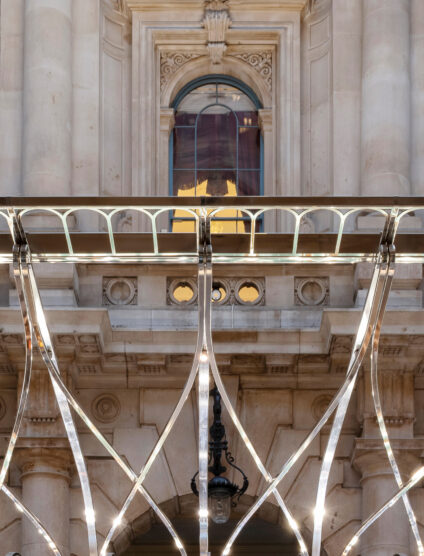
Prototyping and model-making are always an important part of our projects but were particularly influential within our Google Web Lab project, an interactive exhibition at the London Science Museum that explained how the internet works. This year-long installation incorporated machines that could be operated by visitors physically present in the space in tandem with someone on the internet. Here, models allowed us to get a better idea of the physicality of these machines and gauge how visitors could interact with them. For example, we worked with experience designers Tellart to develop a robot that drew pictures of people's faces in a tray of sand. The idea to use sand as an infinitely replenish able medium instead of a paper was a brilliant, low-tech solution that saved energy and resources.
There's so much richness in rediscovering primitive processes, tools and materials; I firmly believe that sometimes we have to go back in order to go forwards.
The At Six Hotel provided us with the opportunity to work closely with curator Sune Nordgren to compose a dialogue around an impressive art collection including works by Olafur Eliasson, Julian Opie, Sol LeWitt, Tacita Dean, Spencer Finch, Richard Long and Marijke van Warmerdam. Together we devised a series of unexpected moments and experiences for guests within the hotel shaped by the artworks. The art is impressive, imposing, but not intimidating, subtly adding beauty, luxury and aesthetics. We also enjoyed juxtaposing the more finely crafted details within this brutalist space, to weave in the local vernacular and embed craftsmanship at human scale via the interiors.These include the fine leather wrap around the handrail, and artful glass and timber furniture and decorative objects made by local Swedish craftspeople and artists. Over recent years, we've observed how these crafted elements have become increasingly important to our clients as awareness around sustainability grows.
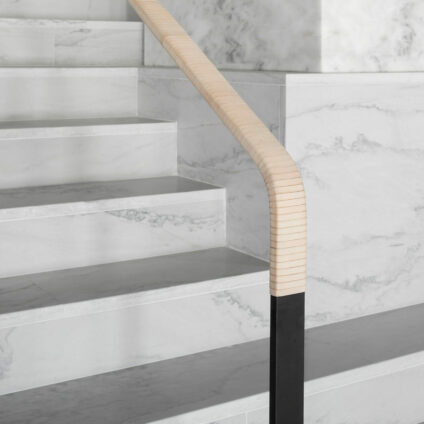
Longevity is inherent in craft, and the pieces that we commission, often outlast retail and hospitality fit-outs, which can have short lifespans.
At Ace Hotel, the co-working table that we made with Benchmark for its 2013 opening has survived the hotel's more recent renovations and continues to anchor the lobby to this day. Even for the furniture and lighting that we specify that isn’t made bespoke for a space, we question how well each piece has been crafted, its provenance, history, how it fits into our design narrative and whether it will hold its value to the space.
In addition to the environmental benefits that craft-led design provides, it’s widely recognised that the act of making satisfies something primal within us–a connection between the body and mind. Using our hands to create something is not only highly accessible but also a meditative and restorative practice with well-documented mental health benefits.
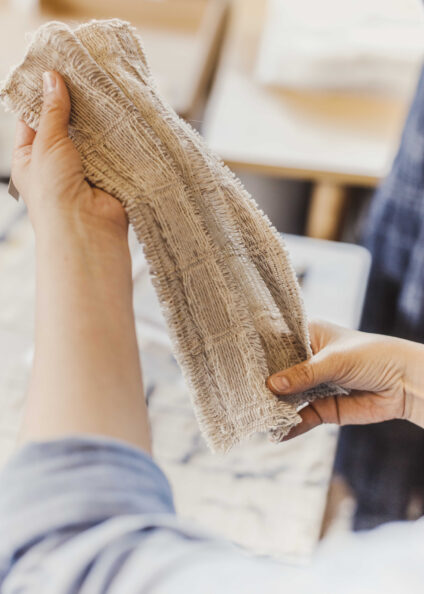
For me, as a creative person, making is a way of manifesting my own vision–whether that be sewing a little romper for my daughter's doll or bringing to life a champagne bar for a luxury brand; it brings the same amount of joy. In today's world, where so much of life is experienced through a screen, this feels more relevant than ever.
Image credits:
Eastlands flower installation prep - Photo courtesy of Rebecca Louise Law
Materials library at Universal Design Studio
Production of the Zinc Bar at Ace Hotel, by Max Lamb - Image courtesy of Max Lamb
IBM Cleveland Clinic - Image courtesy of IBM
Bar canopy at Fortnum & Mason, The Royal Exchange - Photo by Andrew Meredith
Detail of handrail at At Six, Stockholm - Photo by Andy Liffner
Lara Pain studio visit